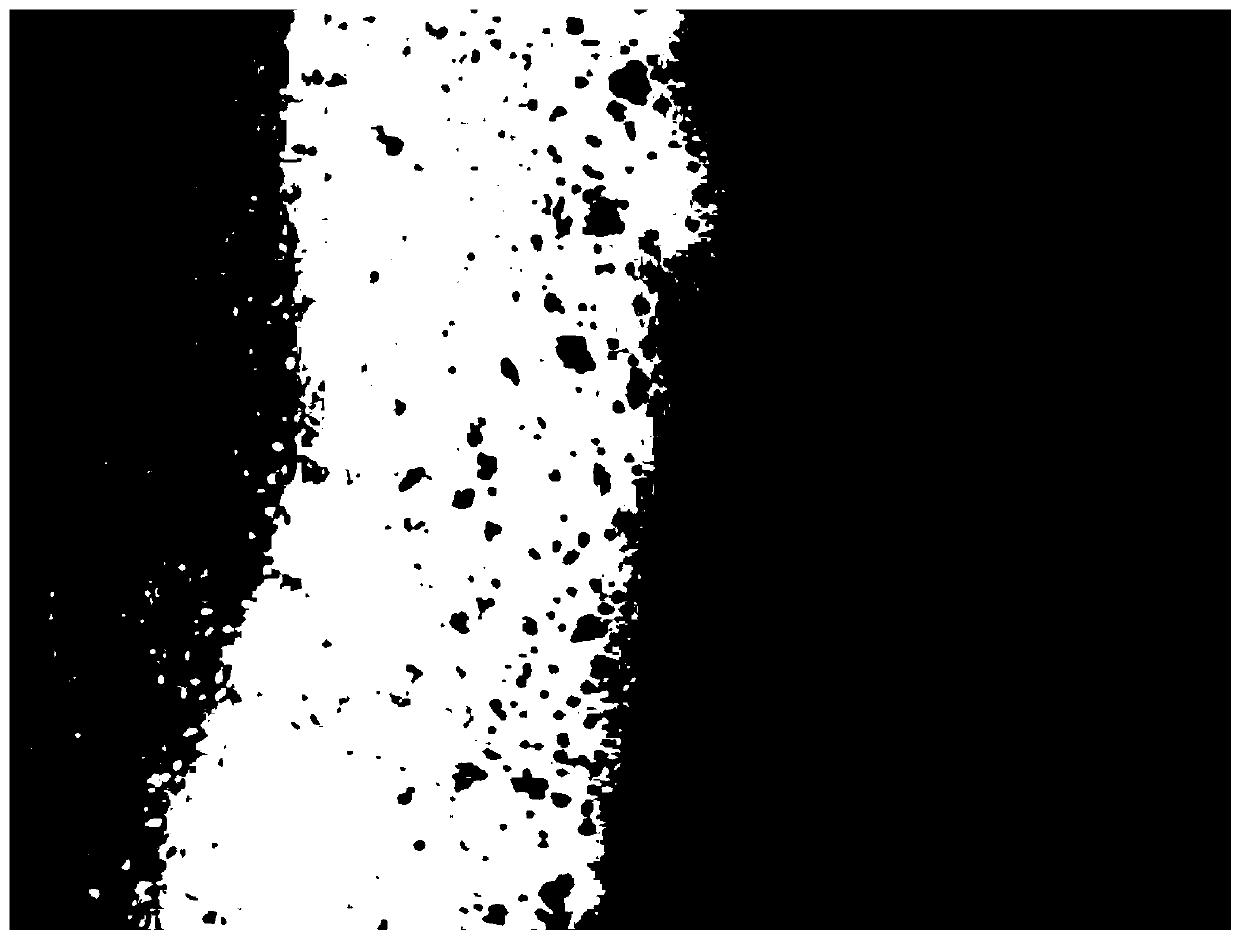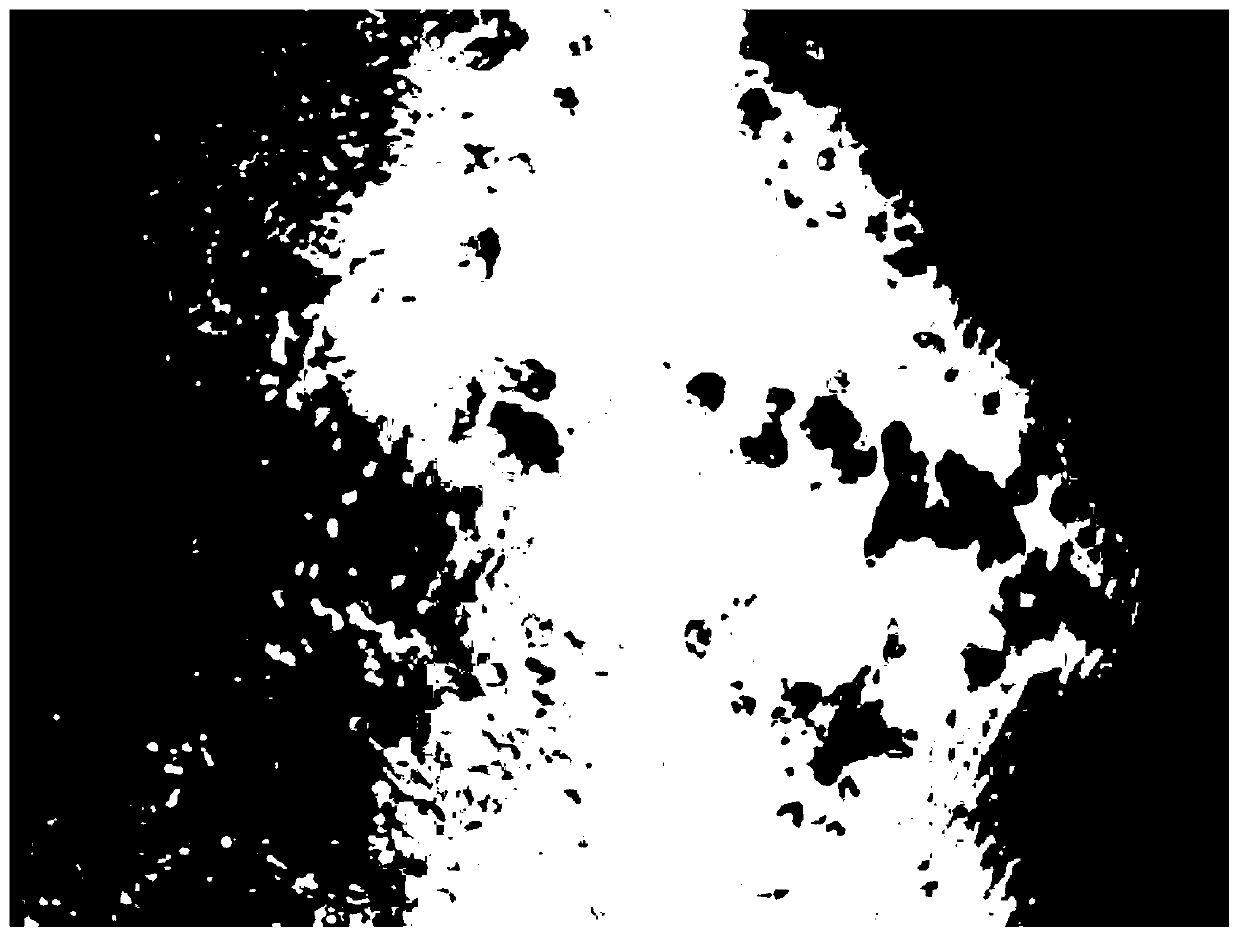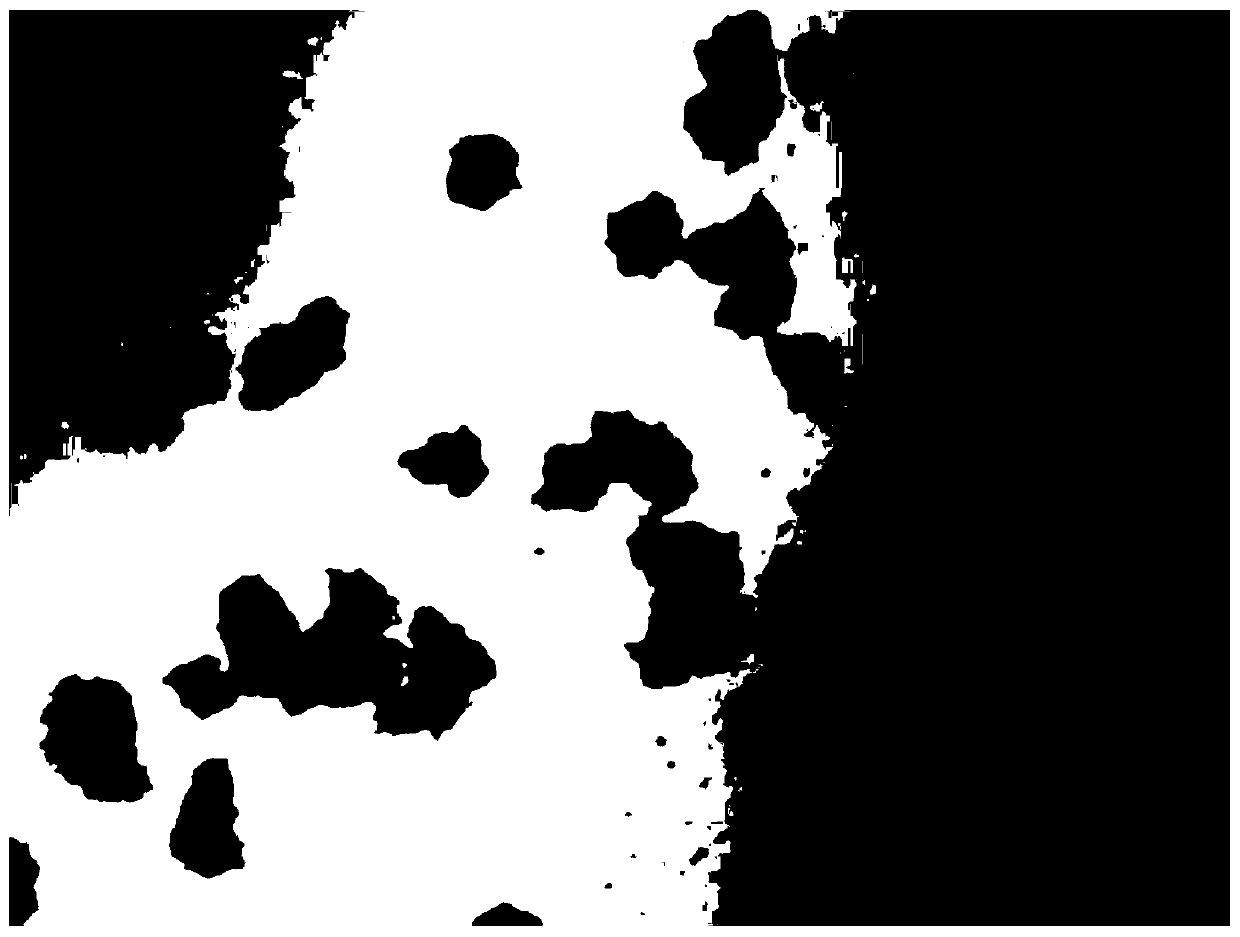Injectable tissue-engineered bone repair material and construction method thereof
A tissue engineering bone and repair material technology, applied in the field of biomedical engineering, can solve the problems of affecting the osteogenic activity of seed cells, insufficient oxygen supply, etc., to overcome poor hypoxia resistance, improve osteogenic ability, and overcome low seeding density Effect
- Summary
- Abstract
- Description
- Claims
- Application Information
AI Technical Summary
Problems solved by technology
Method used
Image
Examples
Embodiment 1
[0038] Example 1, the cultivation of bone marrow stromal stem cells and the construction of cell microspheres
[0039] The culture of rat bone marrow stromal stem cells: 6-week-old healthy SD rats were killed, and the bones of both lower limbs were taken out, and the bone marrow was washed out under sterile conditions. 2 Cultivate in an incubator, change the medium every three days, and digest and passage after the primary cells grow to the bottom of the bottle.
[0040] Construction of cell microspheres: cell microspheres were obtained by rotating culture method, and the cell density was (2-5)×10 5 The suspension of bone marrow stromal stem cells per ml was placed in a rotary culture flask, and placed on a magnetic stirrer for 16-24 hours to rotate and cultivate at a speed of 25-80 rpm to obtain a cell density of 10 8 Order of magnitude bone marrow stromal cell microspheres. However, it is not limited thereto, and it can also be cultured by the hanging drop method.
[0041] ...
Embodiment 2
[0046] Embodiment two, the construction of injectable gel carrier
[0047] Sodium alginate and fibrinogen are mixed at a volume ratio of 1:3 to form a gel carrier, wherein the mass concentration of sodium alginate is 0.1%-4%, and the concentration of fibrinogen is 5-30mg / ml.
[0048] Preferably, sodium alginate and fibrinogen are sterilized by gamma rays to prepare sodium alginate with a mass concentration of 1% and fibrinogen with a concentration of 20 mg / ml, and then 1% sodium alginate and 20 mg / ml ml fibrinogen was mixed at a volume ratio of 1:3 to form a gel carrier.
Embodiment 3
[0049] Example three, the survival rate of single cells and cell microspheres of different cell densities in the gel carrier
[0050] The cell density was 0.5 × 10 7 / ml, 1×10 7 / ml, 2×10 7 / ml, 5×10 7 / ml, 10×10 7 / ml and 20×10 7 / ml of single cells and cell microspheres were inoculated in the gel carrier, the volume of the gel carrier is 0.5ml, placed in a 6-well cell culture plate, added 10ml of DMEM culture solution containing 10% fetal bovine serum, every 3 The culture medium was replaced every day, and cultured for 14 days. After 14 days, the gel was broken and the cells were collected, and the cell viability was detected by the trypan blue exclusion method. For test results, see Figure 5 , Figure 5 It is a comparison chart of the survival rate of single cells and cell microspheres in the gel carrier. Under the same cell density, when the cell density exceeds 1×10 7 / ml, the survival rate of the cell microspheres in the gel carrier far exceeds that of a single ...
PUM
| Property | Measurement | Unit |
|---|---|---|
| Cell density | aaaaa | aaaaa |
| Cell density | aaaaa | aaaaa |
| Particle size | aaaaa | aaaaa |
Abstract
Description
Claims
Application Information
 Login to View More
Login to View More - R&D
- Intellectual Property
- Life Sciences
- Materials
- Tech Scout
- Unparalleled Data Quality
- Higher Quality Content
- 60% Fewer Hallucinations
Browse by: Latest US Patents, China's latest patents, Technical Efficacy Thesaurus, Application Domain, Technology Topic, Popular Technical Reports.
© 2025 PatSnap. All rights reserved.Legal|Privacy policy|Modern Slavery Act Transparency Statement|Sitemap|About US| Contact US: help@patsnap.com



